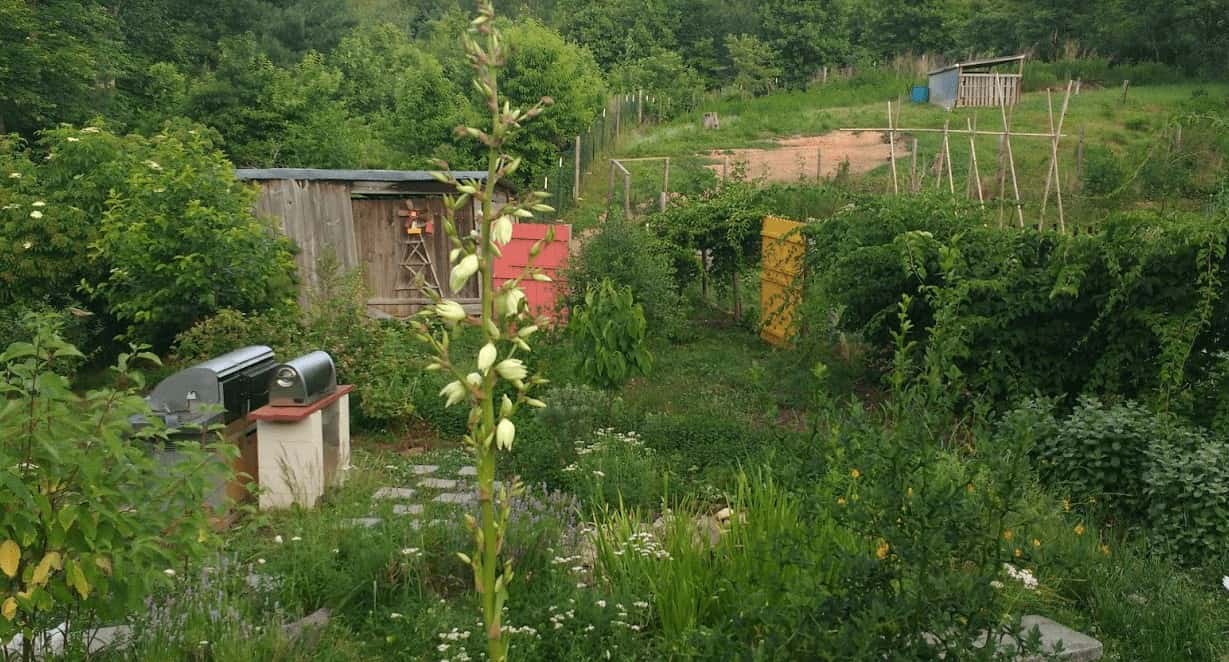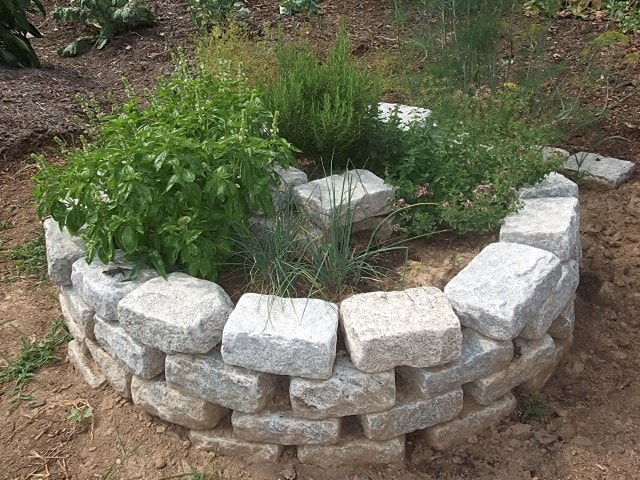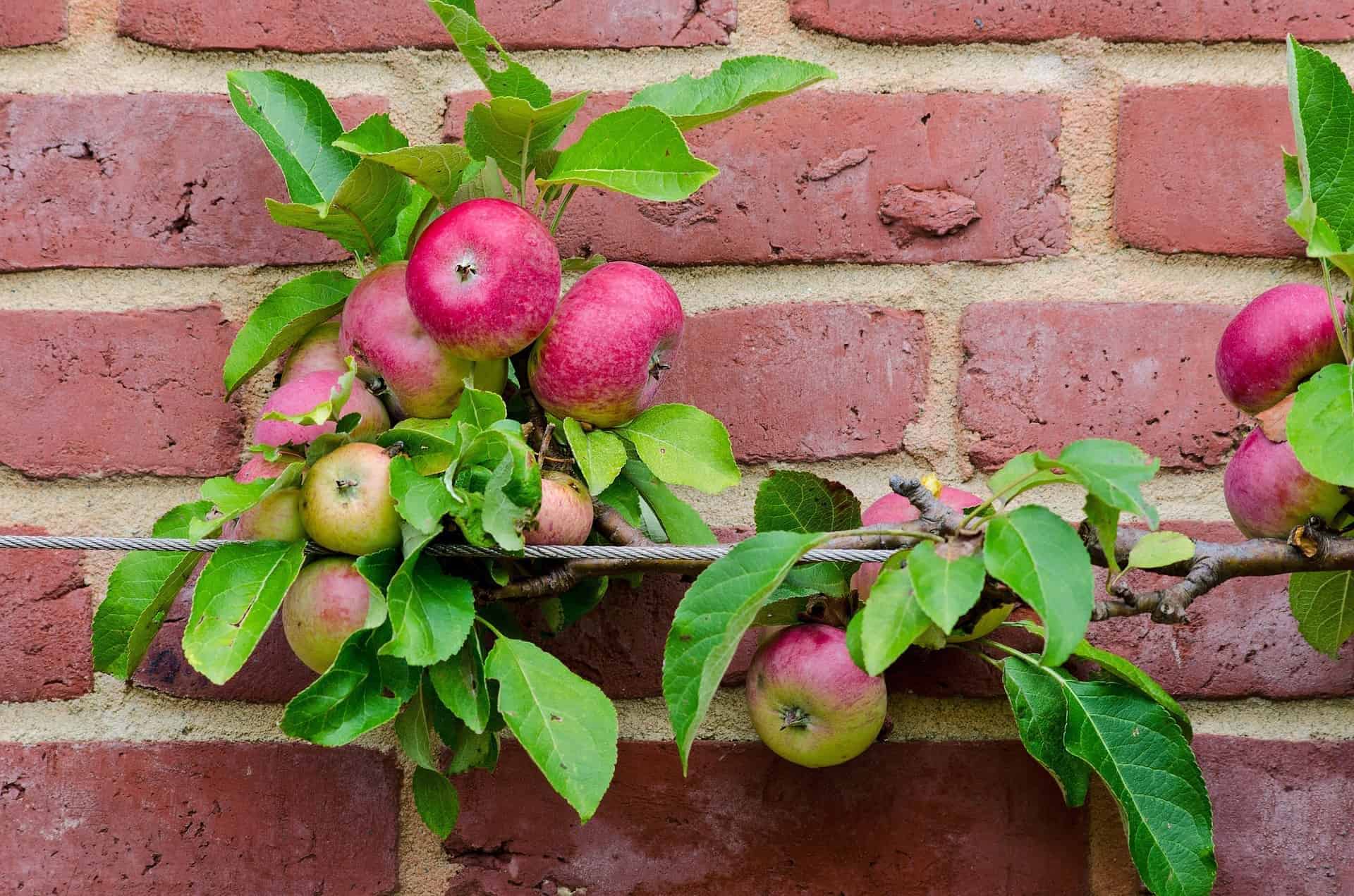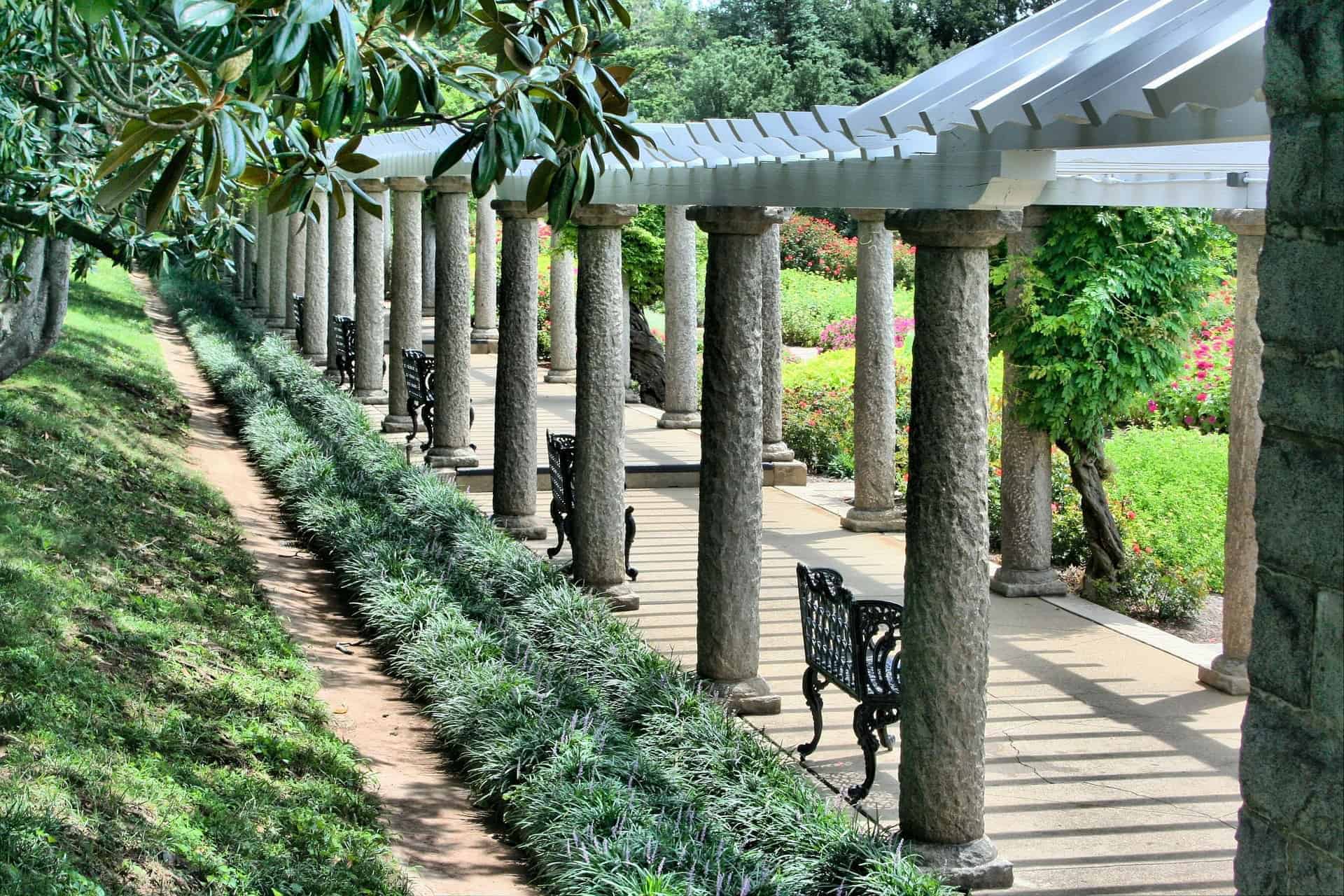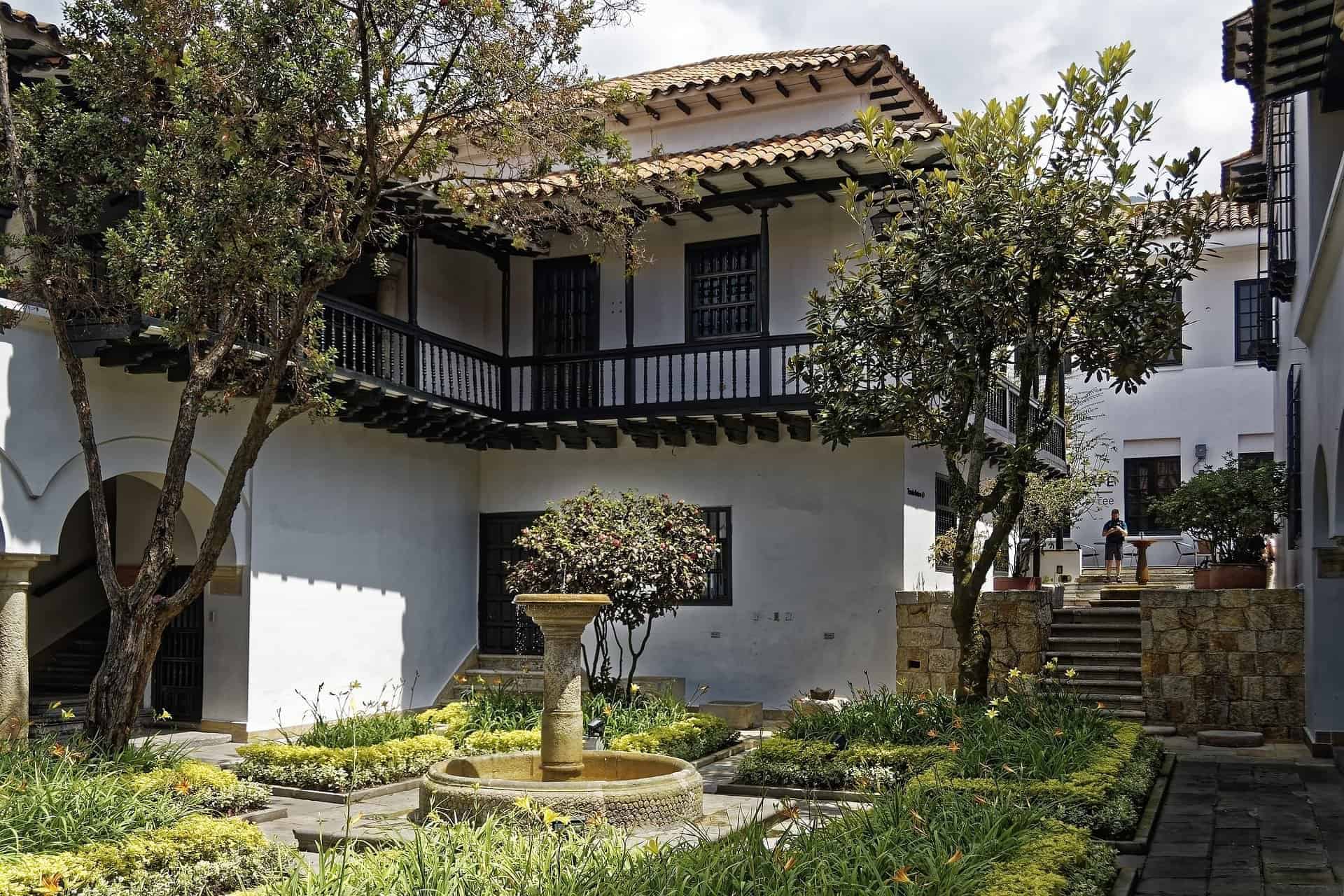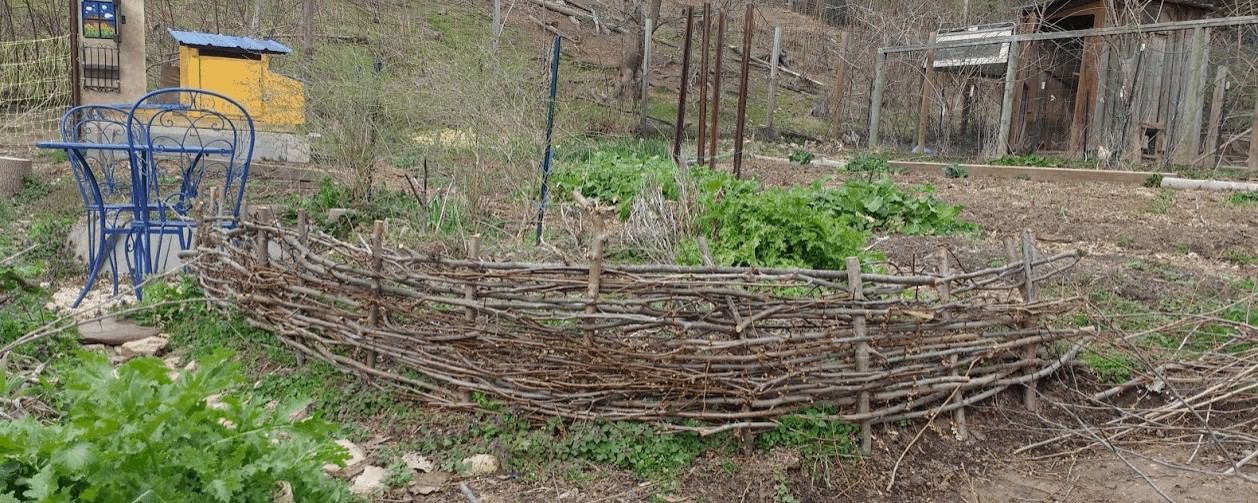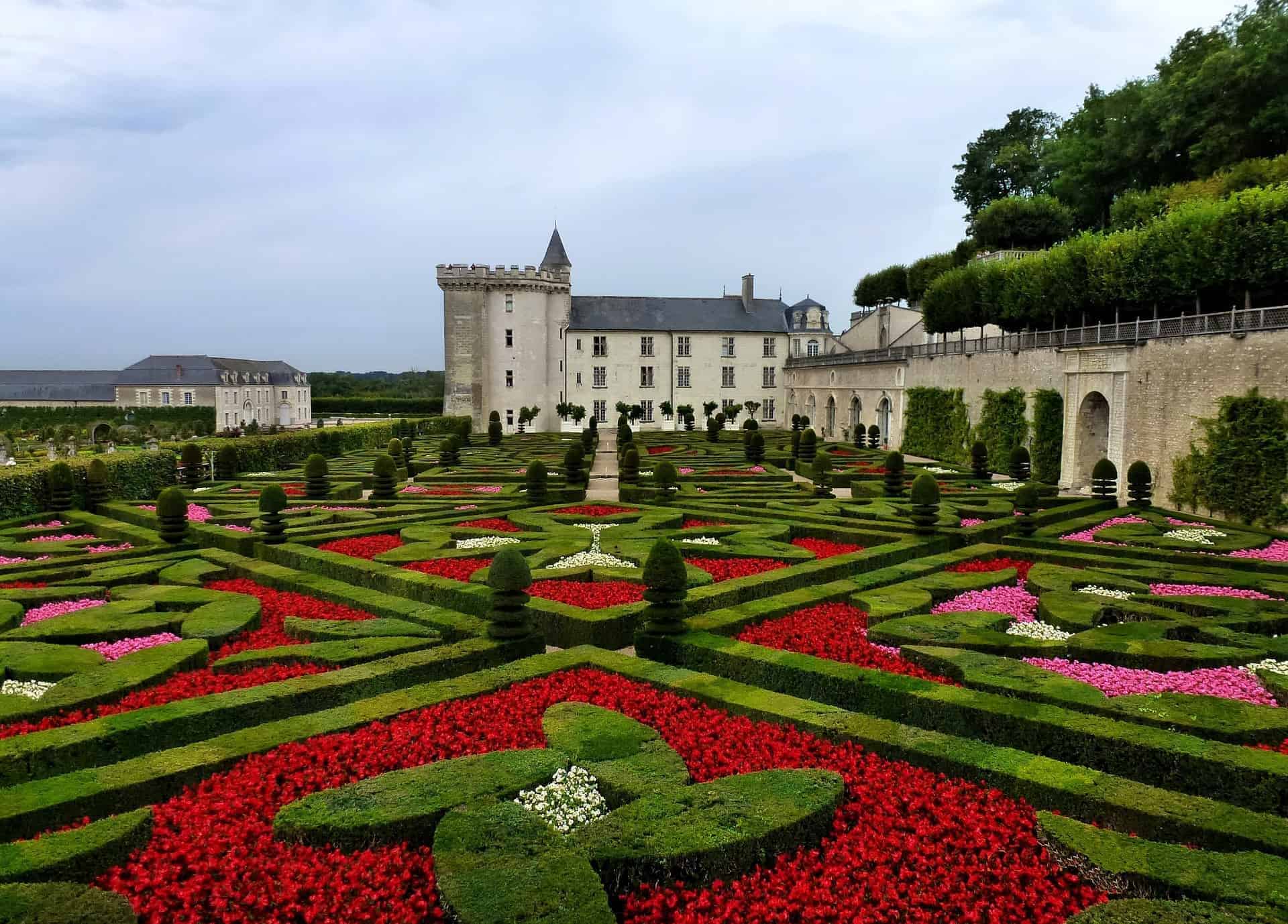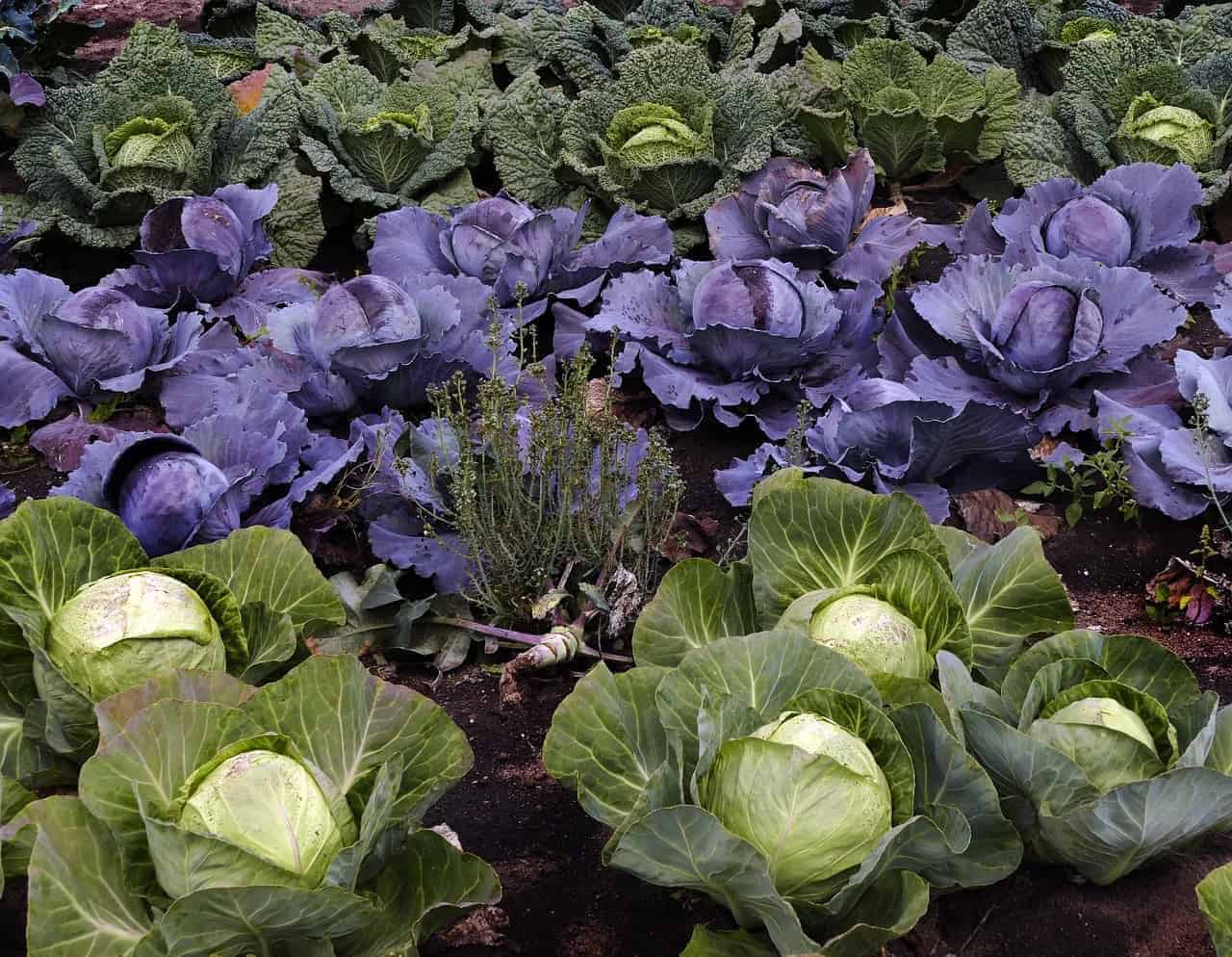My fascination with gardening began during a trip to France many years ago. It was then that I discovered how some people approached gardening as an art form rather than just a task. The French gardeners I met didn’t just maintain their gardens; they nurtured relationships with the plants and the landscape around them, creating breathtakingly beautiful spaces. Since my initial encounter, there’s been a remarkable surge in people cultivating their gardens for pleasure across the US.
Today, it’s common to see individuals outdoors, basking in the joy of tending to their garden. Despite the years that have passed, I still find the French approach to gardening utterly captivating. If you too share my admiration for this style and are looking to infuse some of its essence into your own garden, here are a few ideas that can thrive even on a busy homestead.
The Walled French Garden
The origins of many French gardens can be traced back to monasteries, where the walls not only served as physical barriers but also created microclimates. These enclosed spaces allowed for a sense of order and organization, reflecting a deep appreciation for the simple act of growing one’s own food. The boundaries also provided freedom and privacy for those living within the monastery, enabling them to cultivate greater self-sufficiency and reliance on higher powers.
Interestingly, these same walls proved beneficial for gardening purposes as well. They shielded gardens from harsh winds, trapping warmth and extending the growing season by acting as natural heat sinks. Additionally, the walls effectively deterred pests from entering the garden. As someone who lives a homesteading lifestyle, I often draw parallels between my daily life and that of medieval monks.
While I haven’t taken a vow of celibacy, I do share their passion for self-sufficiency and independence from external supply chains. Like them, I take pride in crafting my own wine and cherishing the natural world.
The Wall Effect
While constructing a stone wall might be out of the question due to time or budget constraints, there are more affordable fencing options that can still provide a sense of seclusion and security. One creative approach is to install fencing and then train vigorous vines to grow over it, giving the impression of a more substantial barrier. Among my preferred options for vines are hops and cold-hardy kiwi.
The latter does require sturdier staking support to accommodate the weight of its fruit once it reaches maturity (typically around year 4-5).
Raised Beds
Consider an alternative to traditional stone walls: a stone herb spiral. This unique feature requires less labor and offers a captivating visual appeal. If you’re looking to scale back your ideas, consider a stone or concrete base for raised beds. While it won’t replicate the microclimate benefits of a full wall, this approach still provides insulation and acts as a heat sink, allowing your beds to warm up faster in winter.
Additionally, built beds grant more control over nature by simplifying weeding processes. Their durability also means less maintenance over time compared to wooden beds that tend to deteriorate quickly.
Espaliered Trees
To achieve the illusion of a wall without constructing one, consider using espalier techniques to train trees into linear structures reminiscent of walls. Espaliered fruit trees are pruned to grow along straight lines, much like grapevines, rather than following traditional central leader or vase shapes. While you can espalier various fruit tree species, spur-type trees yield the best results.
These varieties produce fruit close to the branch and boast uniformly thick branches, making them ideal for supporting heavy fruit loads. To create the wall panels, bend the branches at a 90-degree angle and encourage them to grow outwards, approximately 8 feet in length on either side. Initial staking and support are necessary, but as the trees mature, their branches will become sturdy enough to stand independently.
The Grand Entrance to Your French Garden
In French gardens, even open spaces often feature an intentional entry point. This might take the form of a flower-covered arbor leading to a lavender-lined path, or a mowed clearing through a small meadow. In other cases, a few strategically placed pots can create the illusion of a pathway. Regardless of how it’s achieved, the sense of entering the garden is undeniable.
In contrast, homestead gardens often prioritize productivity over aesthetics, resulting in what can appear to be a chaotic tangle of weeds and plants. This has led me to have people inadvertently traipse through my medicinal herb plots without realizing they’re even in the garden.
Creating a grand entrance not only enhances the beauty of your garden but also serves a practical purpose: it helps visitors avoid damaging the soil and plants by giving them a clear sense of where to step.
For example, you can mark entrances with matching fruit trees on either side, creating a welcoming and well-defined entry point.
Grouped Fruit Trees
Elderberries, with their rapid growth rate and arched, bush-like shape, make them an attractive option for defining entryways. Their natural shape allows them to create a sense of structure and visual interest. Similarly, hazelnut trees can be used to great effect in winter, when the catkins that adorn their branches resemble gold ornaments. Other options like persimmon or dwarf plum trees also possess lovely growth habits that can add an element of architectural flair.
Pawpaws for Pollination
To maximize fruit yield and create a visually appealing garden entrance, consider planting six pawpaws in close proximity for optimal cross-pollination. This arrangement allows you to define your garden path while promoting healthy fruit production. Two neat rows with space to walk down the center or clusters of three on either side can both serve as effective yet harmonious markers, guiding visitors through your garden and encouraging further exploration.
Herbs and More
To create a grand entrance for your garden, consider lining a wider pathway with easy-to-grow herbs like chives, mints, lavender, or rosemary. Alternatively, you can utilize showy medicinal or edible flowering plants such as echinacea, sunflowers, or amaranth in large groupings at the start of your garden. Whatever plants you select, strategic placement is crucial for creating an impactful and inviting grand entrance that sets the tone for the rest of your outdoor space.
Classy Courtyards
To create an inviting courtyard, you don’t need to be a monarch or own a grand estate. All it takes is a willingness to think creatively and break free from traditional notions of what a courtyard should be. By adopting an unconventional approach, you can transform any outdoor space into a charming retreat that’s perfect for relaxation, socializing, or simply enjoying nature.
Outbuilding Options
Transforming outbuildings into a charming backdrop for your courtyard-style garden is an innovative way to repurpose these structures. By converting them into a harmonious blend of form and function, you can create a serene oasis that seamlessly integrates with the natural surroundings.
Vertical Panels
Transforming your homestead’s courtyard doesn’t have to mean breaking the bank or sacrificing aesthetics. By repurposing materials you already have on hand, such as cattle panels, fence posts, and extra fencing, pallets, and other items lying around, you can create the framework for a beautiful outdoor space. Even if your starting materials aren’t the most visually appealing, with some creative gardening, you can mask any imperfections and turn them into stunning features.
Consider using climbing plants like scarlet runner beans, cowpeas, or pollinator-friendly options like hummingbird vine (Campsis radicans) to grow over these structures, effectively concealing any rough edges and adding a pop of color and texture to your courtyard.
Living Walls
Transform your outdoor space into an inviting courtyard oasis by utilizing fast-growing, tall plants that can be trained to create a natural boundary. Much like espalier training for fruit trees, these plants can be shaped and pruned to define a cozy area perfect for warm weather enjoyment.
One popular option is using willow as a living fence. Its pliable nature, rapid growth rate, and adaptability to root crowding make it an ideal choice for creating a unique courtyard setting.
Alternatively, you can cultivate dense thickets of artichokes to form a u-shaped or rectangular courtyard area. Vertically grown hops or grapevines can also serve as a charming backdrop for your outdoor retreat.
Bamboo is another excellent option, provided you’re willing to contain its roots and harvest the shoots to manage its spread. With some creative training and pruning, bamboo can become a beautiful and functional addition to your courtyard design.
Cue the Cuttings
When you’re pruning your fruit trees, you’re left with a pile of trimmings. While mulching is a great option for some of those leaves and branches, there’s another creative way to repurpose them: make wattles! Wattles are structures that help control erosion, filter runoff water, and even provide habitat for small animals. By incorporating your fruit tree trimmings into these natural barriers, you’ll not only be reducing waste but also supporting local wildlife and keeping your soil healthy.
Wattles
Transforming tree trimmings into stunning wattles is a surprisingly simple process. To get started, gather your thickest cuttings and use a folding saw to carefully divide them into stakes. Space these stakes 6-10 inches apart, inserting each one about two inches into the ground. Next, weave your thinner, more pliable trimmings back and forth over the stakes, creating a sturdy yet attractive structure.
As you work, keep an eye out for any stray offshoots that may be sticking out too far – simply snip them off to maintain a neat appearance. And just like that, in the span of about an hour, you’ll have successfully crafted beautiful French-inspired garden wattles. These versatile creations can be used to elevate raised beds, line meandering pathways, or even create the illusion of a charming flower basket – the possibilities are endless!
Go Geometric
French gardens are renowned for their emphasis on geometric harmony. While featuring lush blooms like mophead hydrangeas or peonies, these outdoor oases still maintain a sense of order through deliberate placement and repetition. Well-defined shapes and calculated patterns create an air of intentionality, distinguishing them from more free-form garden designs.
Layout Your Lines
Transforming your garden into a serene French-inspired oasis is as easy as planting in perfectly aligned rows. To achieve this elegant look, start by creating a framework using a string line, two stakes, and a compass. This will ensure that all your lines follow the same trajectory, giving your garden a sense of cohesion. Once you have your framework in place, use a ruler to space out your plants evenly.
While it may take a few extra minutes to plant in straight lines, the benefits are well worth the effort. For instance, this method makes it much simpler to hoe between rows and reduces weeding time, allowing you to focus on more enjoyable aspects of gardening.
Repeat Patterns
I’m a big fan of interplanting, as it can greatly boost crop productivity. However, if you’re looking to achieve the classic look of a French garden, you’ll want to group plants together in deliberate patterns to create a sense of visual harmony. This involves dividing your plot into sections and repeating specific combinations of plants to create symmetry and repetition.
For instance, you could plant four clusters of cabbage, each with 4 x 4 heads, separated by a row of chives or other low-growing herbs. By repeating this pattern four times, you’ll end up with a visually appealing layout that mimics the classic French garden aesthetic.
Pattern Your Potager
While lines and repetitive patterns can be effective for producing large quantities of staple crops, a continuous harvest potager garden requires a different approach. To achieve the desired geometry in these gardens, you may opt for hardscaping and plant scaping techniques. This could involve using raised beds arranged in an obvious repeating pattern or designing your garden around a feature such as a water fountain or circular seating area.
Dedicated paths made with gravel or stonework can also provide structure even when plants are at different stages of growth. To further emulate plant patterning, you can use matched potted plants in the corners of beds. Additionally, hedging less structured growing areas with perfectly pruned herbs or other perennials can bring order to your more chaotic seasonal vegetables.
French-Inspired Homestead Elegance
The notion that homesteading is all about simplistic bliss is a misconception perpetuated by curated social media feeds. Reality sets in when you’re elbow-deep in mess and exhaustion. But it’s precisely this contrast between idealized expectations and harsh realities that makes the pursuit of order within chaos so rewarding. By investing a small amount of extra effort into cultivating organization, we imbue even the most mundane tasks with a sense of reverence.


